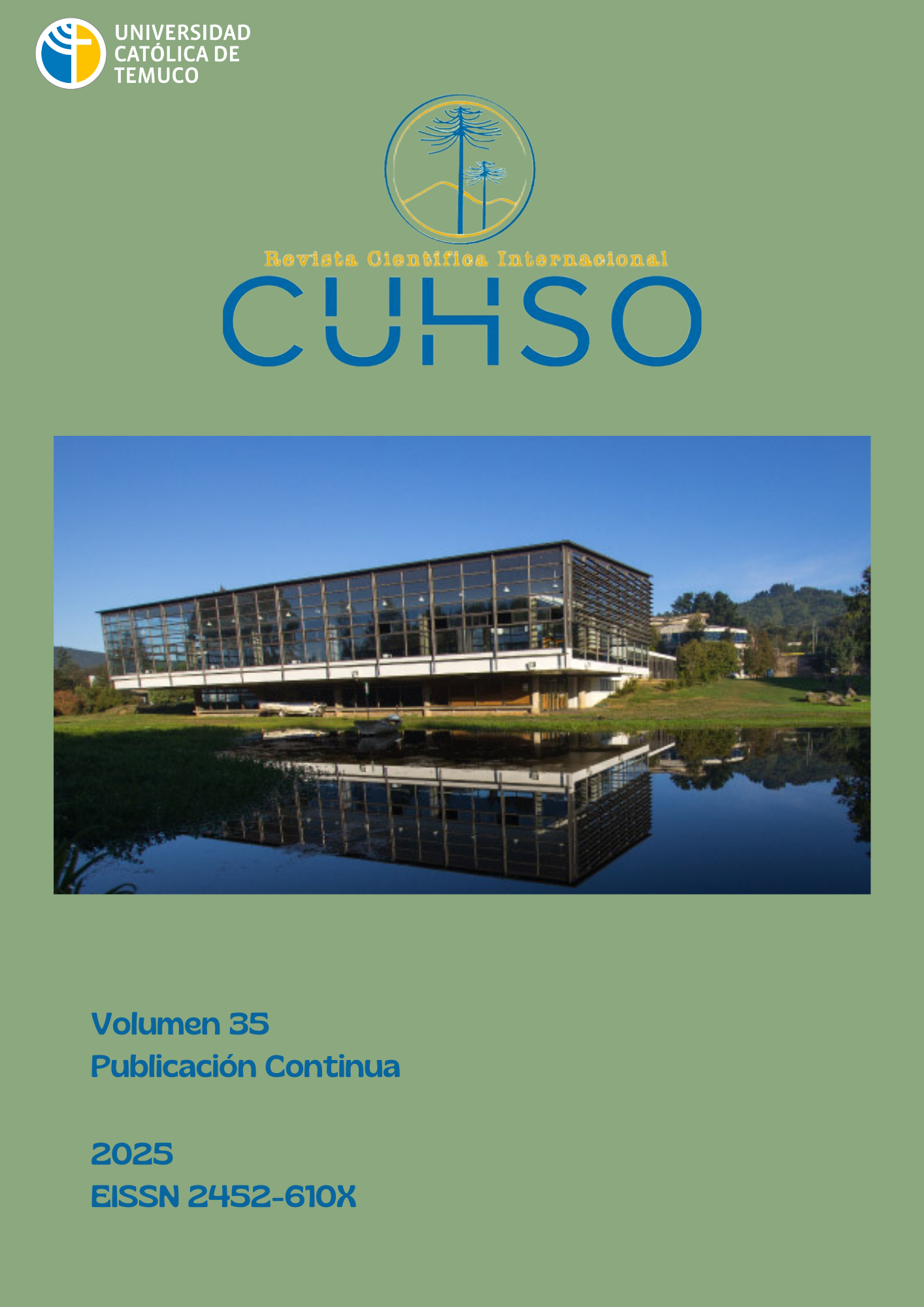Abstract
In the 16th century, pamphlets were essential for spreading a wide range of information throughout the Holy Roman Empire. Besides reporting major events like the Protestant Reformation and the Discovery of the New World, they influenced public perceptions of notable figures of that era. One such figure was Hernán Cortés, whose reputation began to develop in imperial territories even before his Letters were published in Nuremberg in 1524. Between 1520 and 1522, three pamphlets circulated that predicted the Letters and helped shape Cortés’ image within the Empire. This study explores how that image was constructed through the subjectivity embedded in these pamphlets’ discourse. Using linguistic-discursive analysis to uncover the subjectivity in these texts, we find an interesting portrayal of the Spanish conqueror, based on his military achievements and descriptions of the conquered Mexica cities. We suggest that these pamphlets were vital in the initial reception and recognition of Cortés in the imperial arena, establishing him as a leading figure within the Old Empire even before his chronicles officially circulated in 1524.

This work is licensed under a Creative Commons Attribution 4.0 International License.
Copyright (c) 2025 Daniel Astorga, Diego Alarcón Pereira


